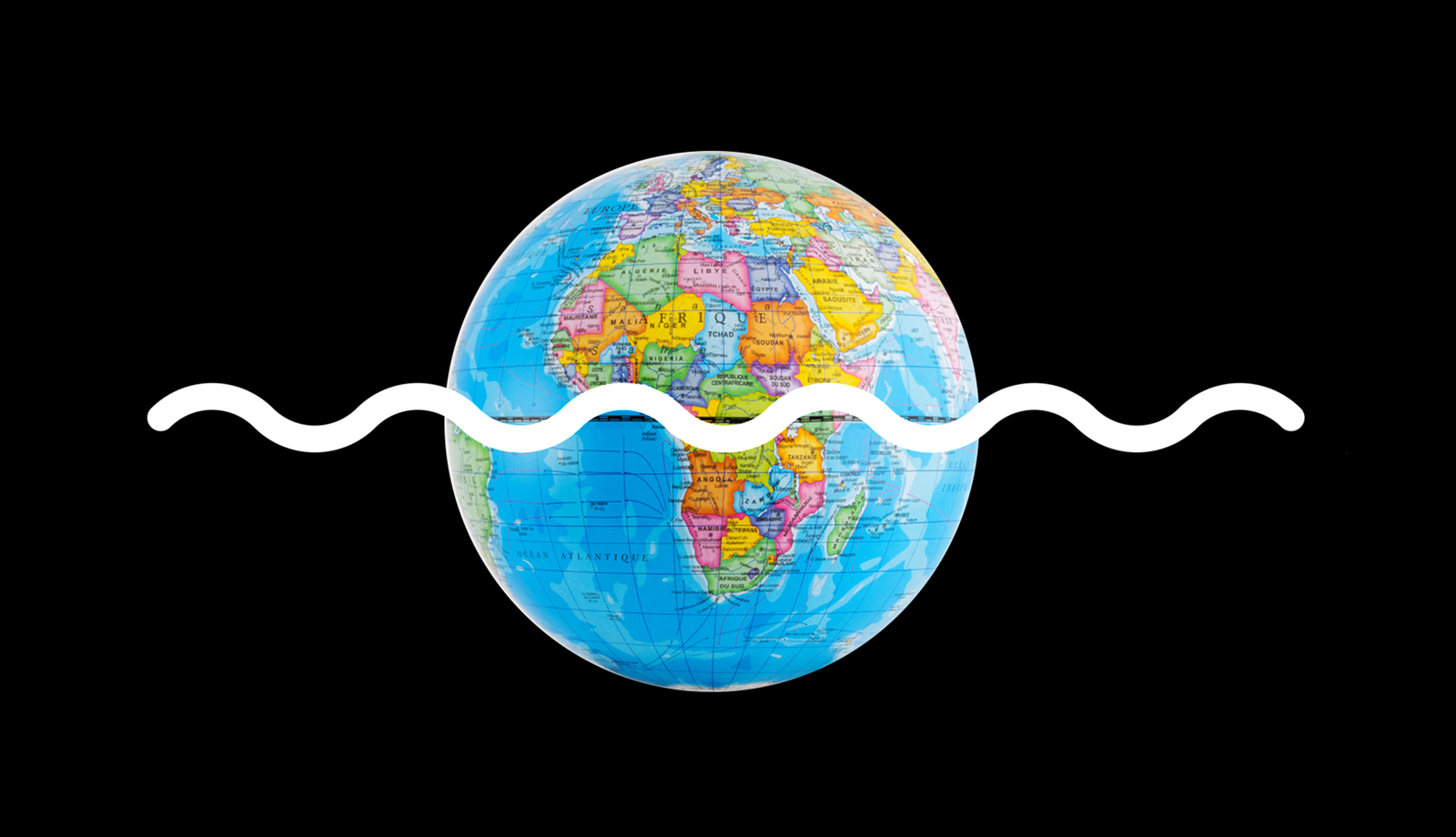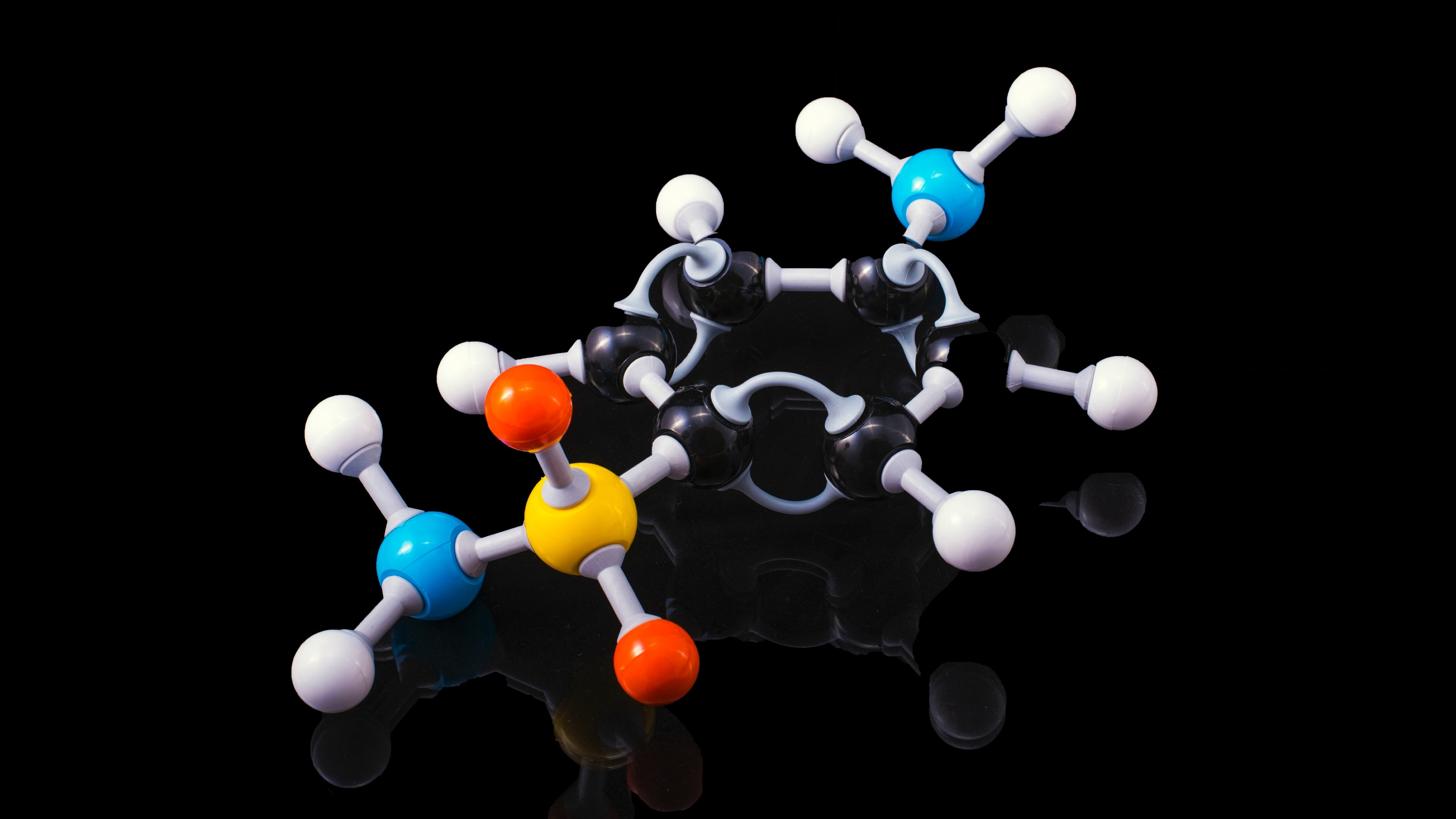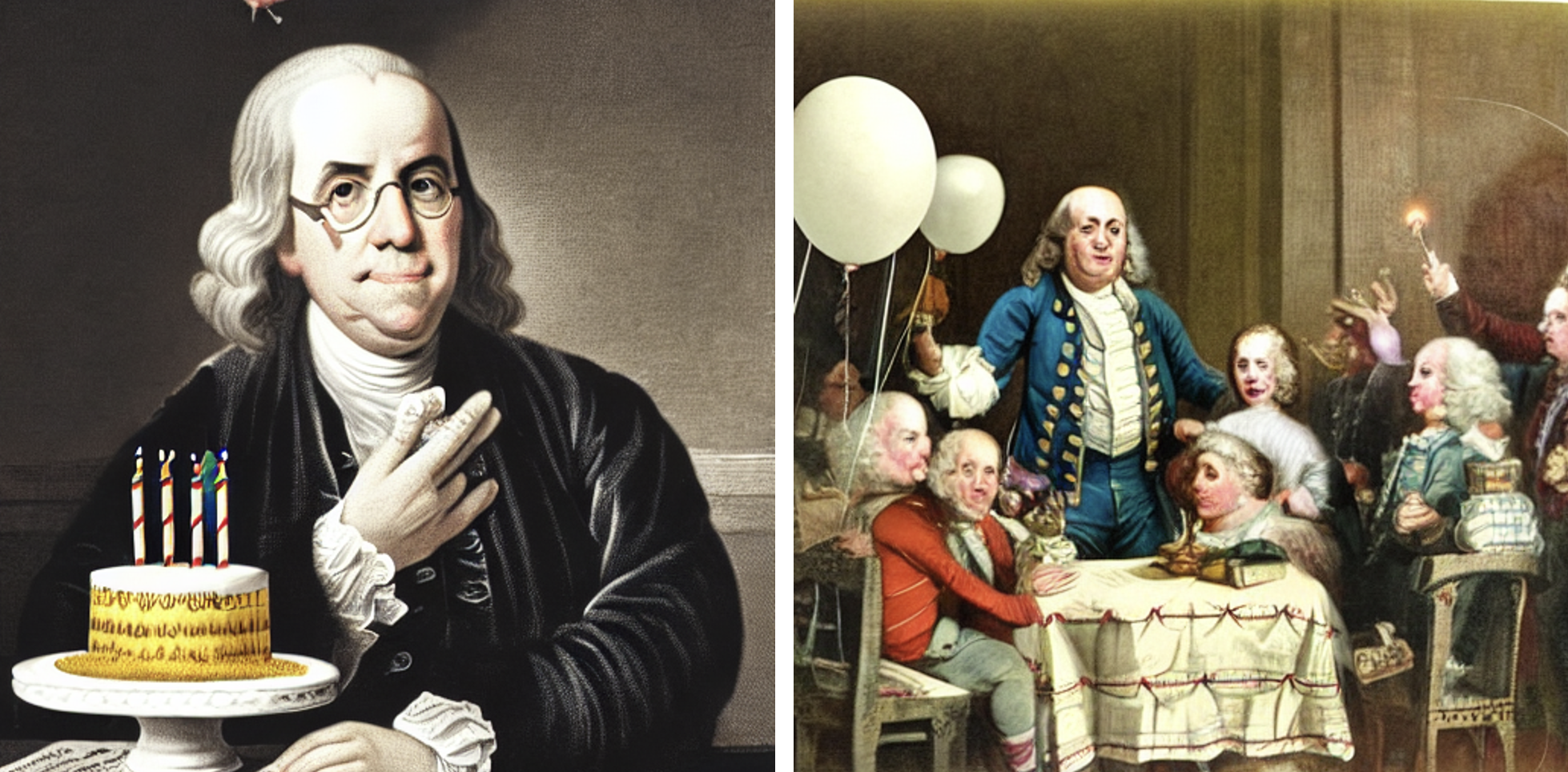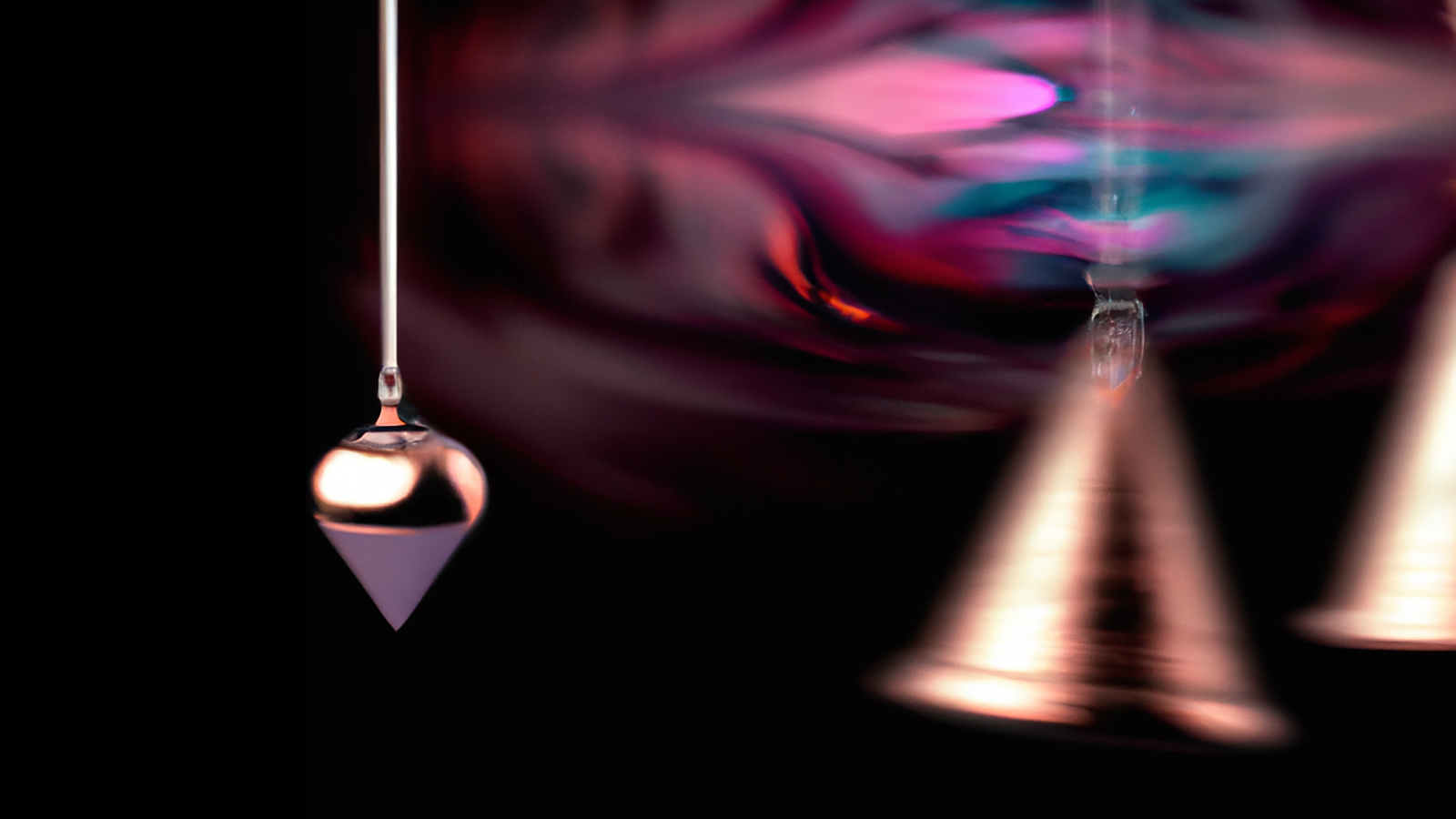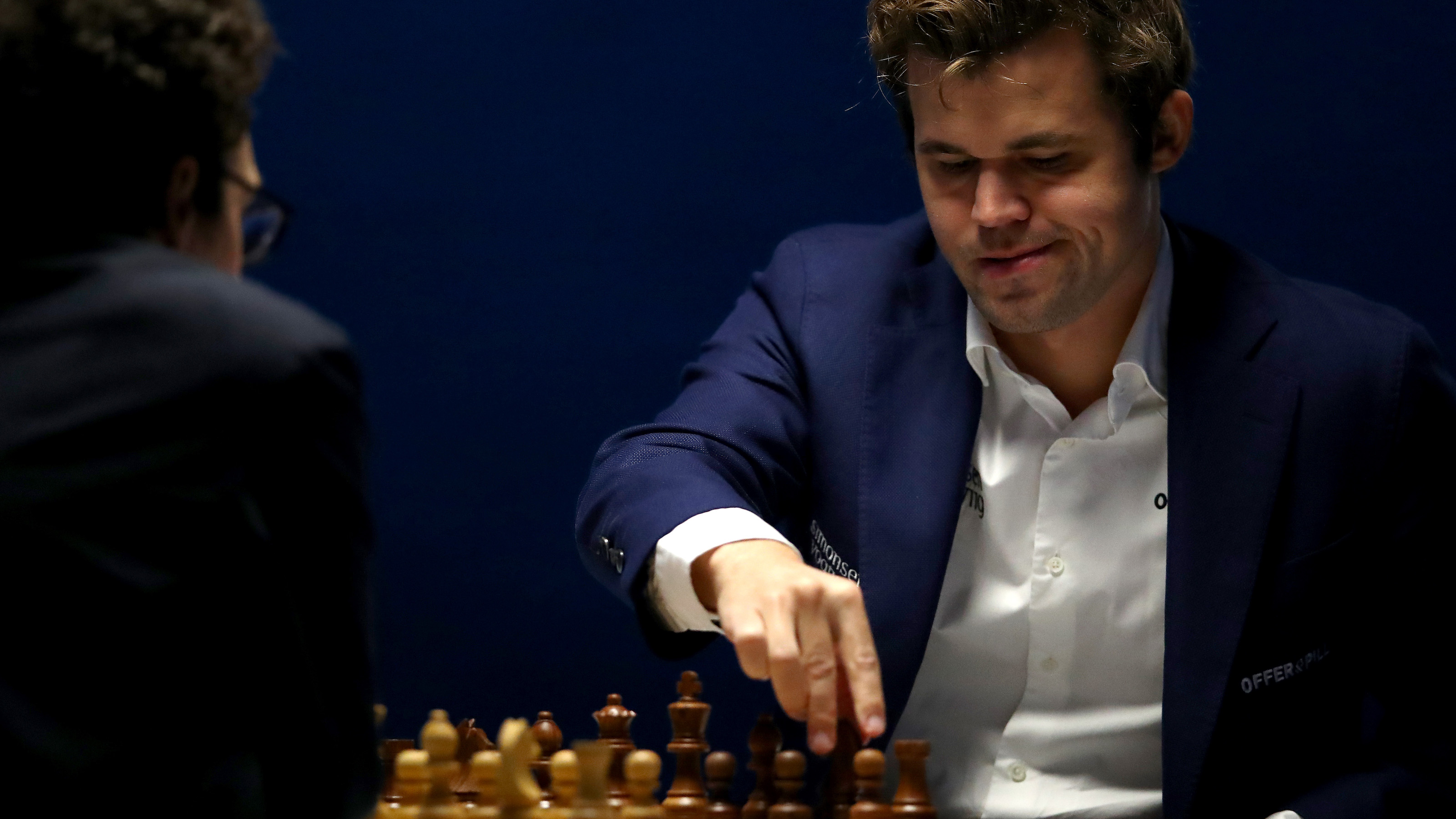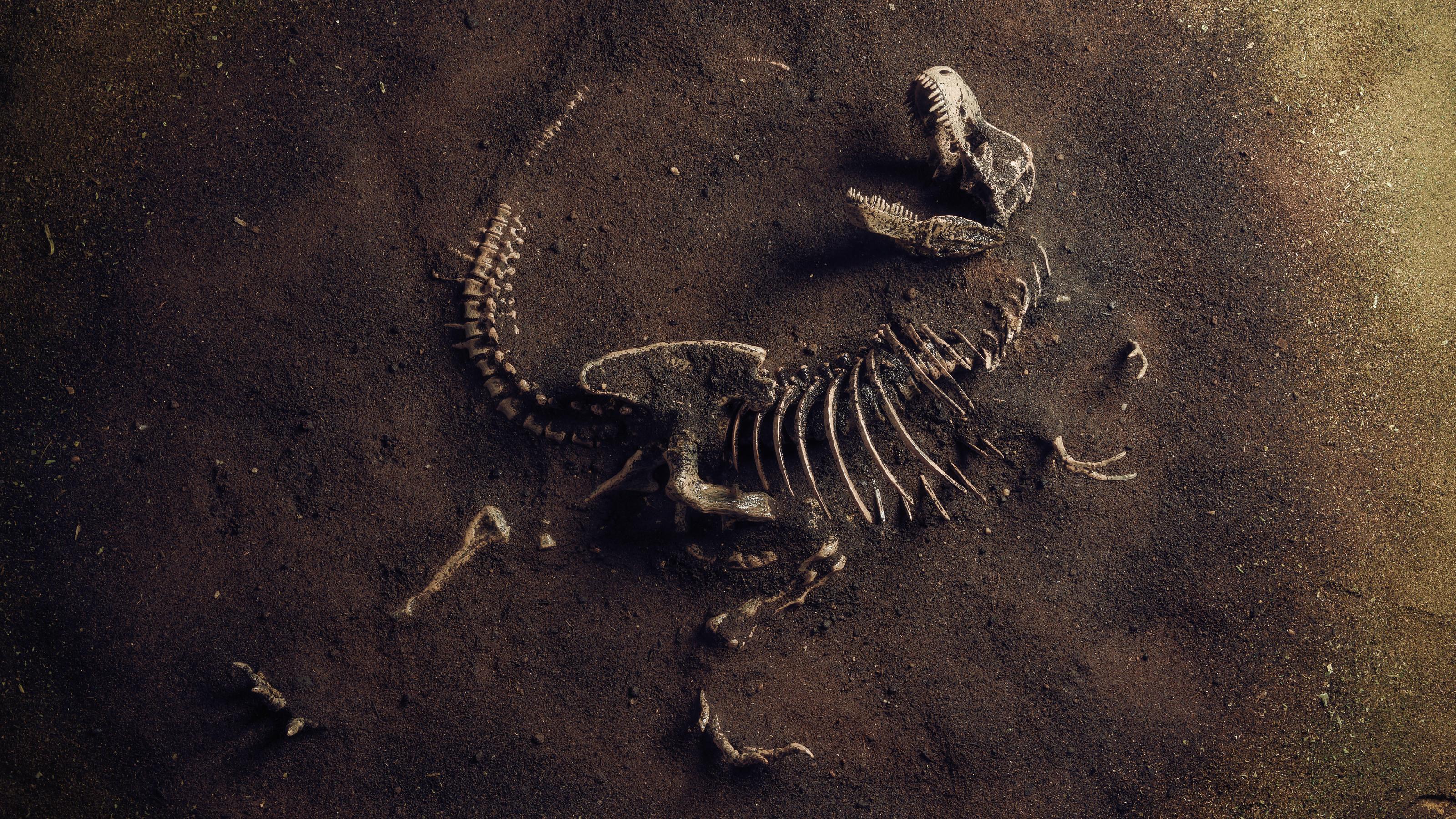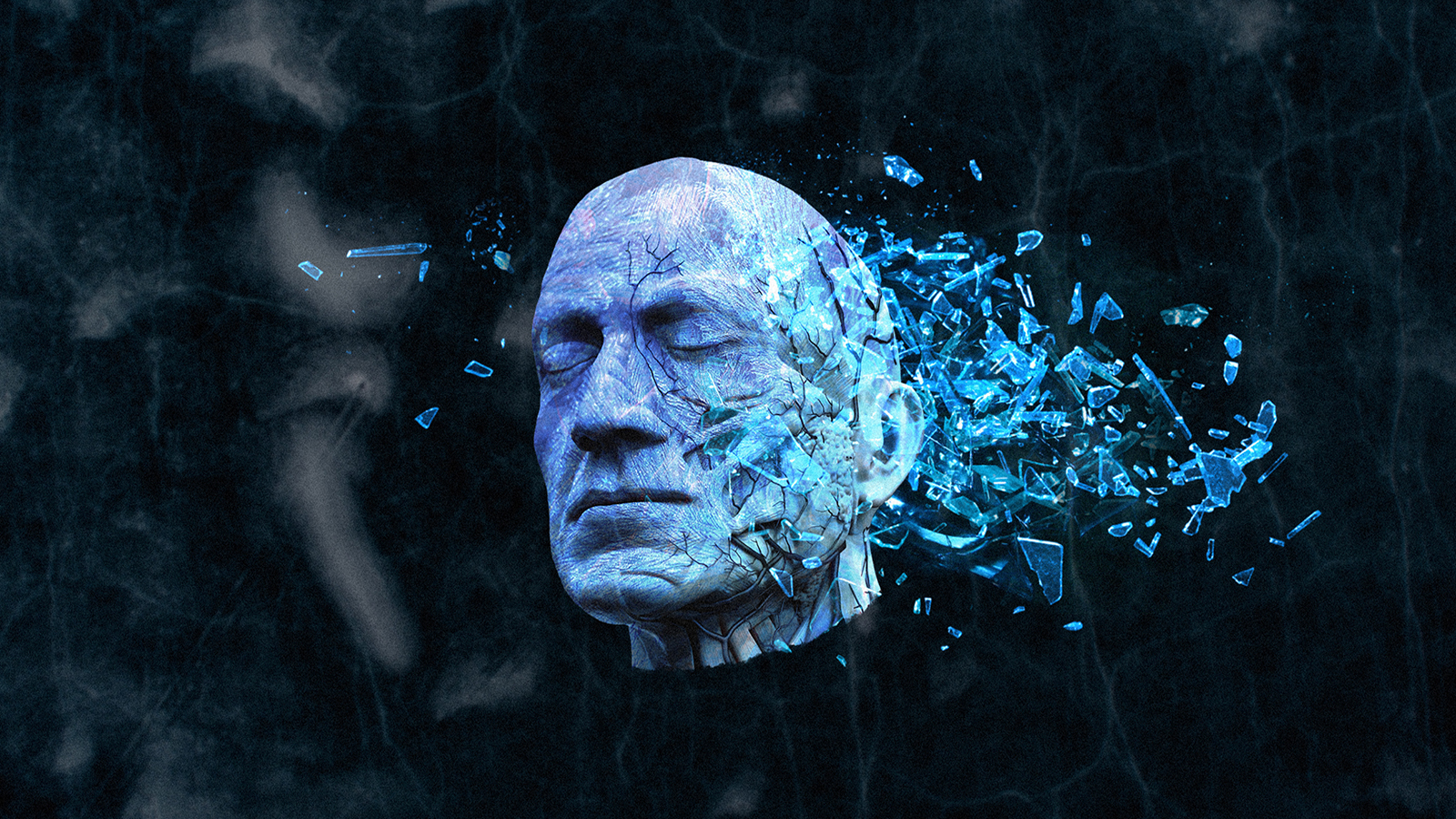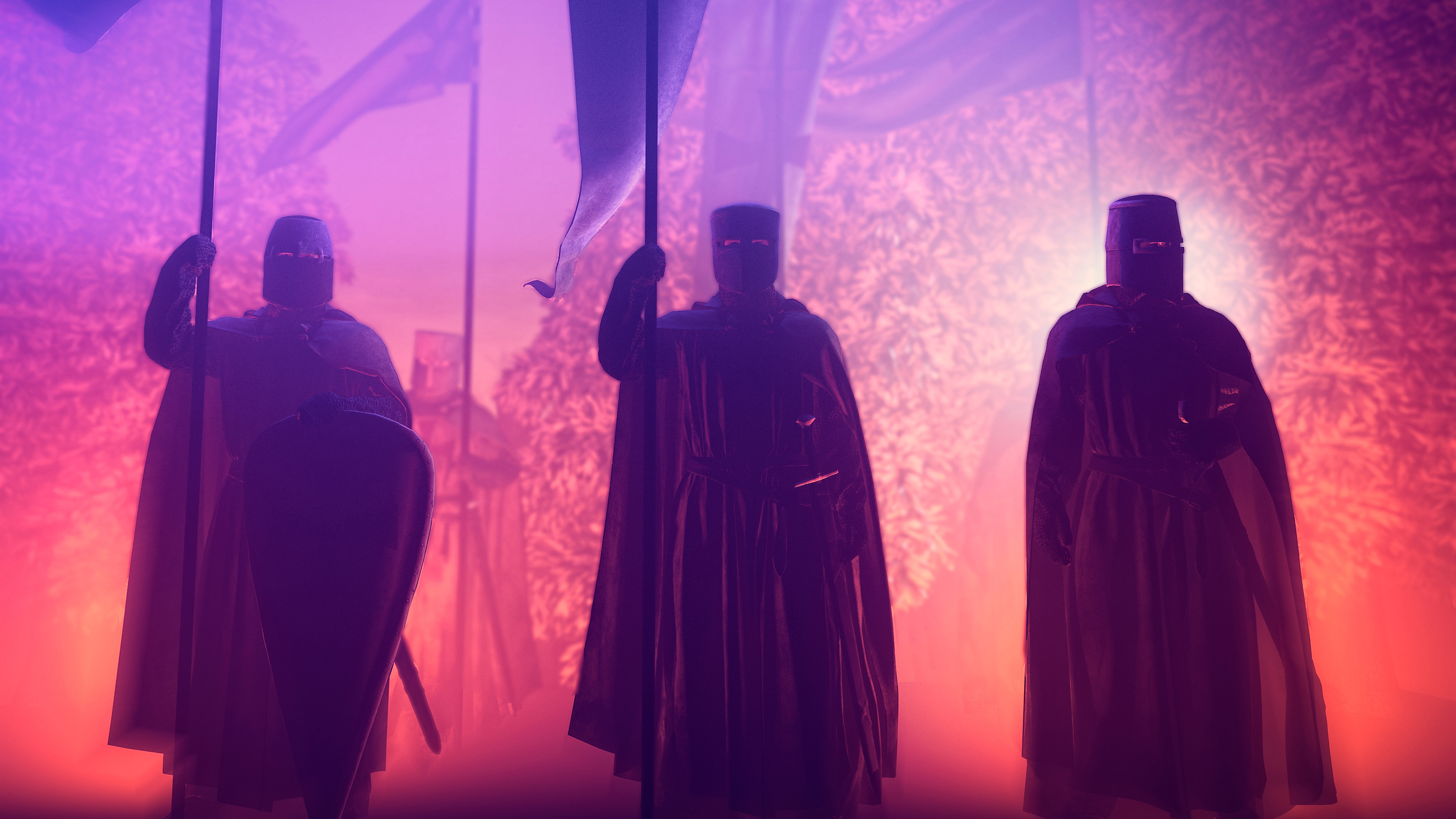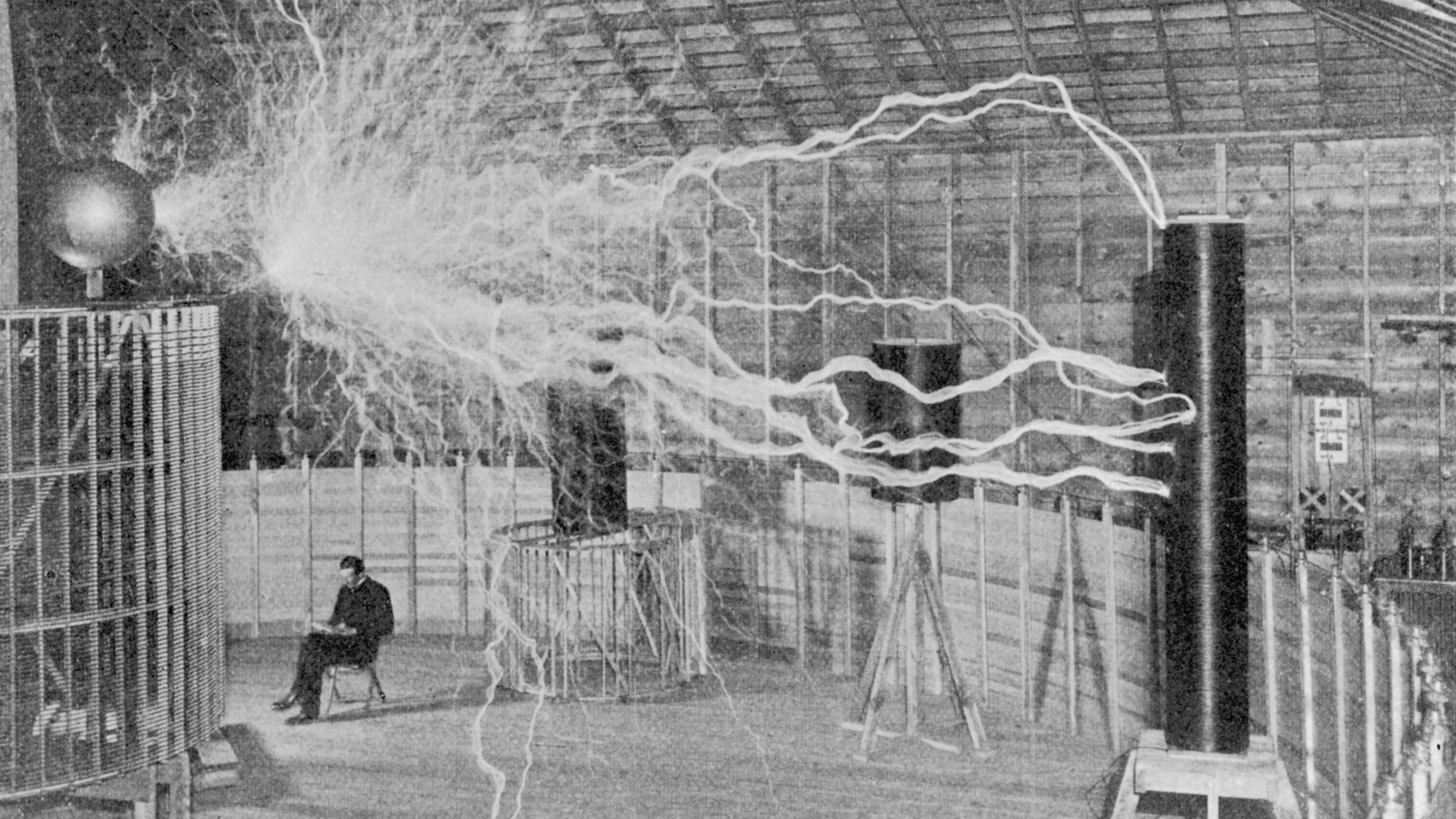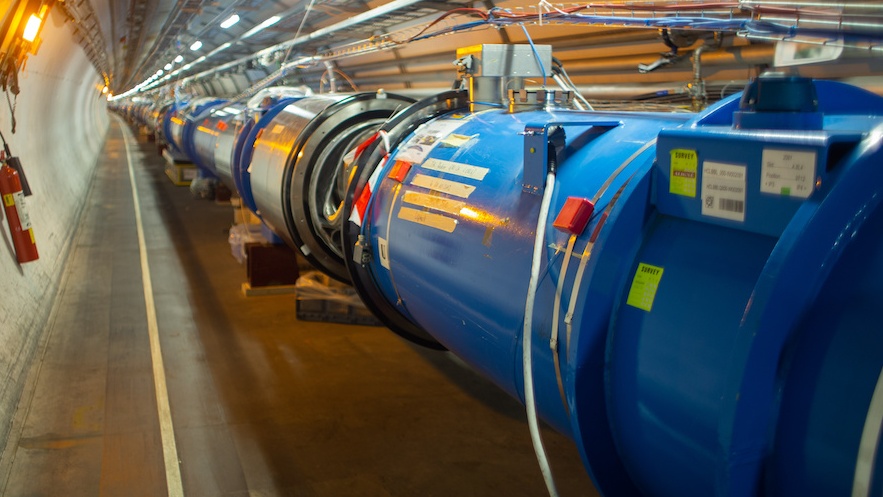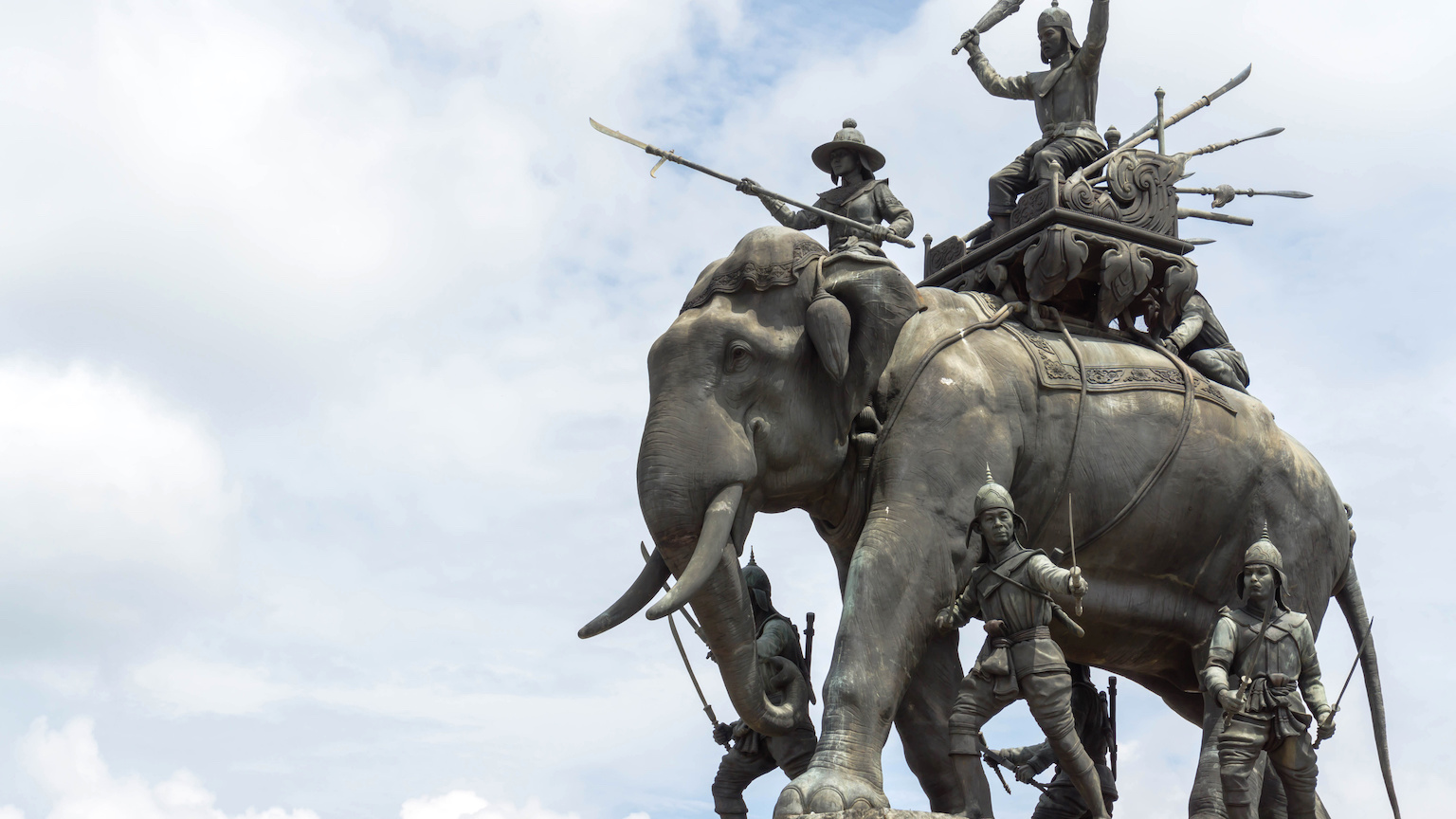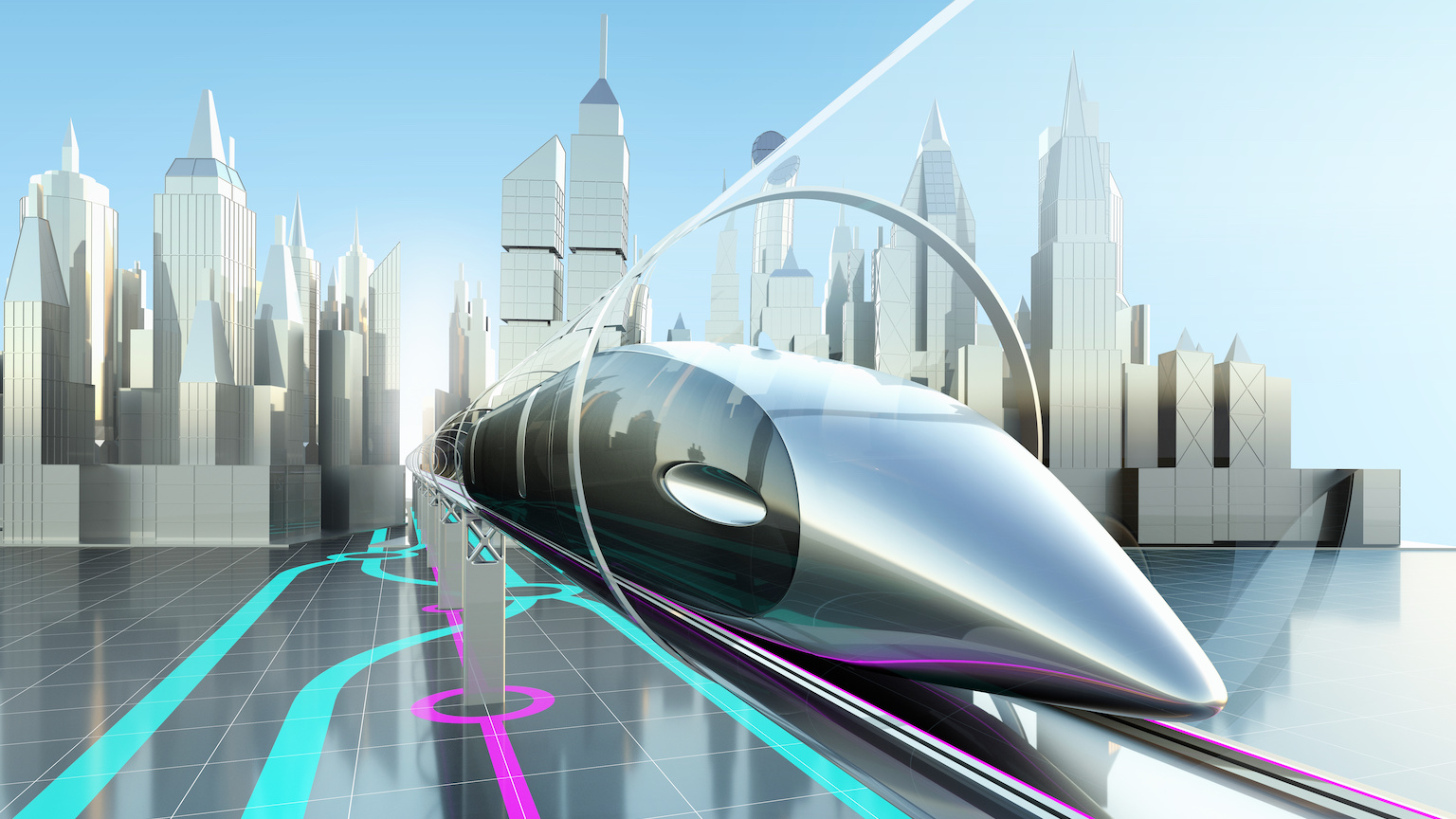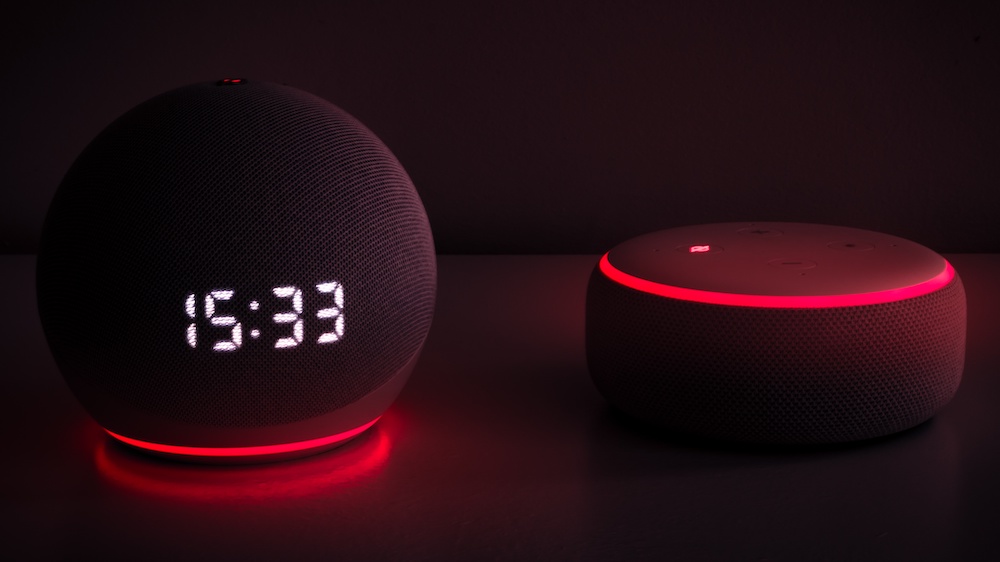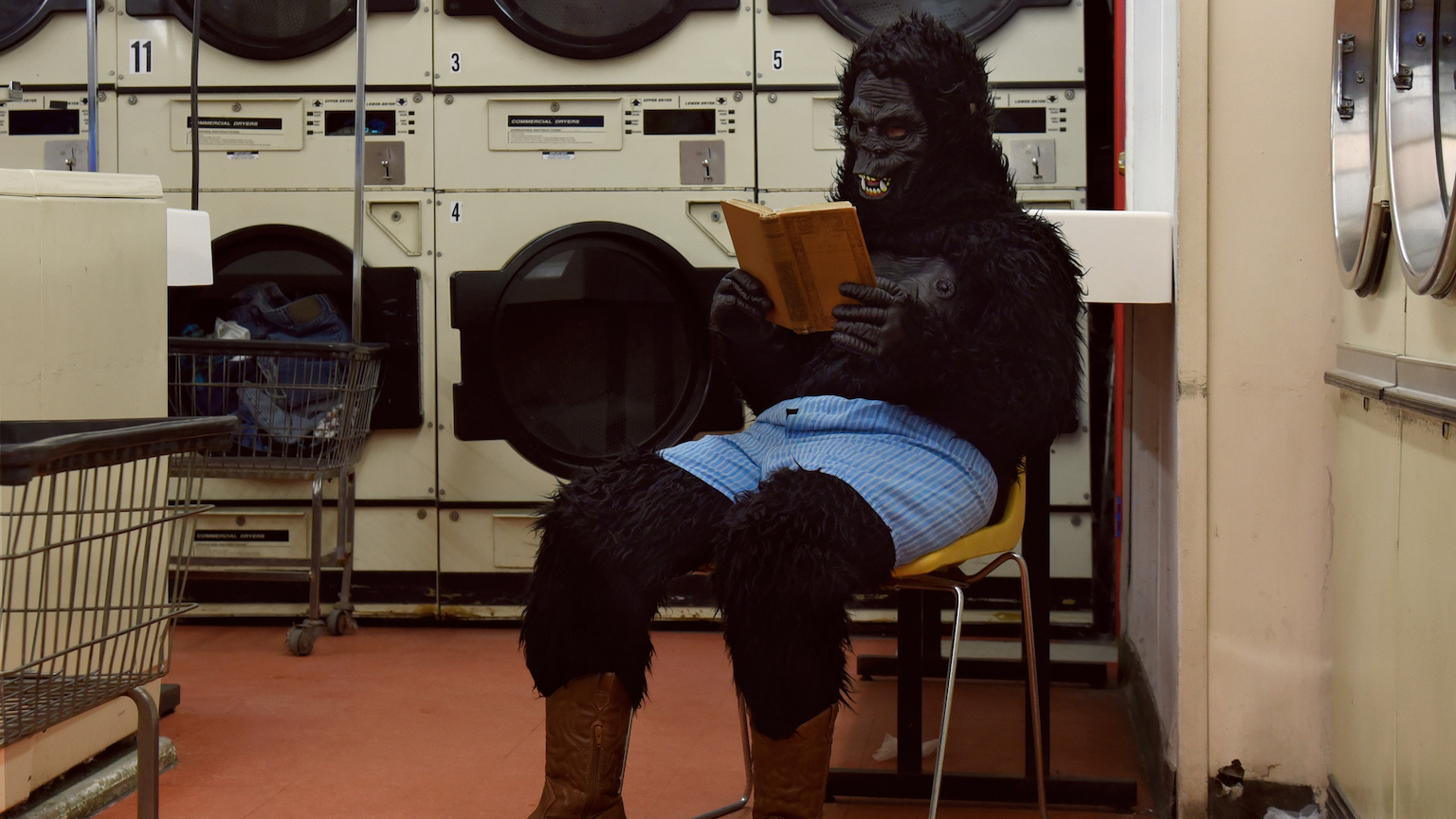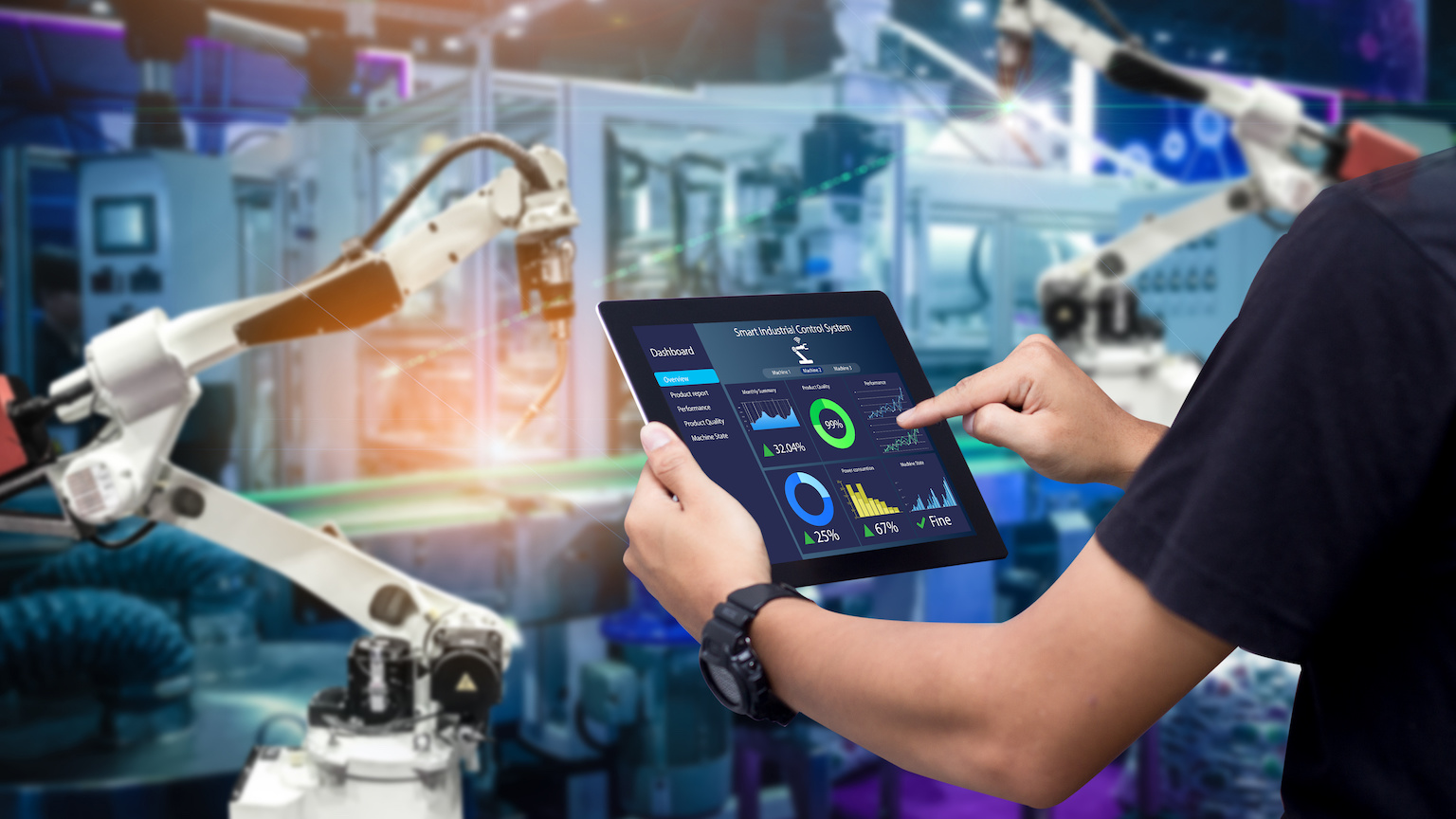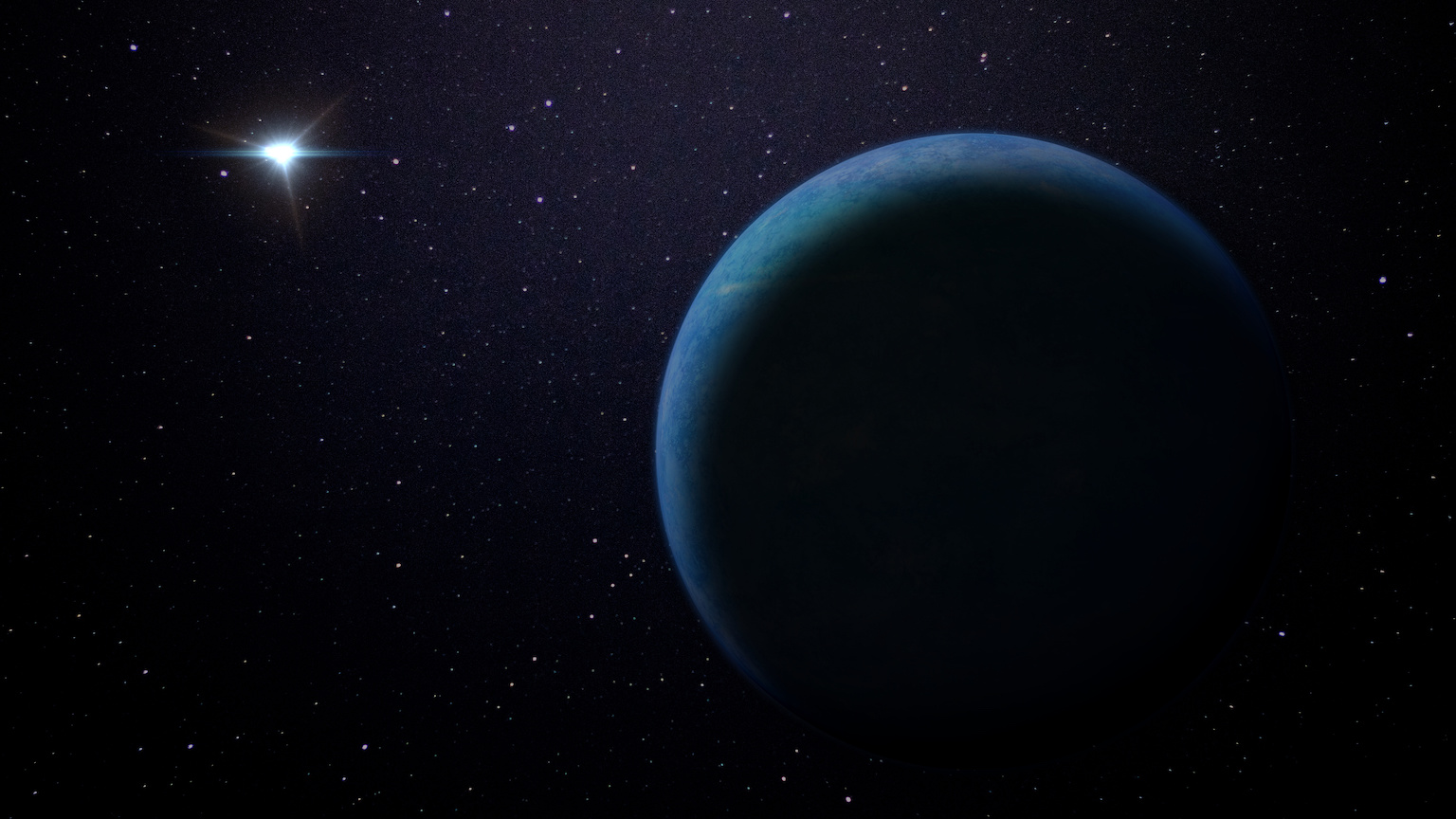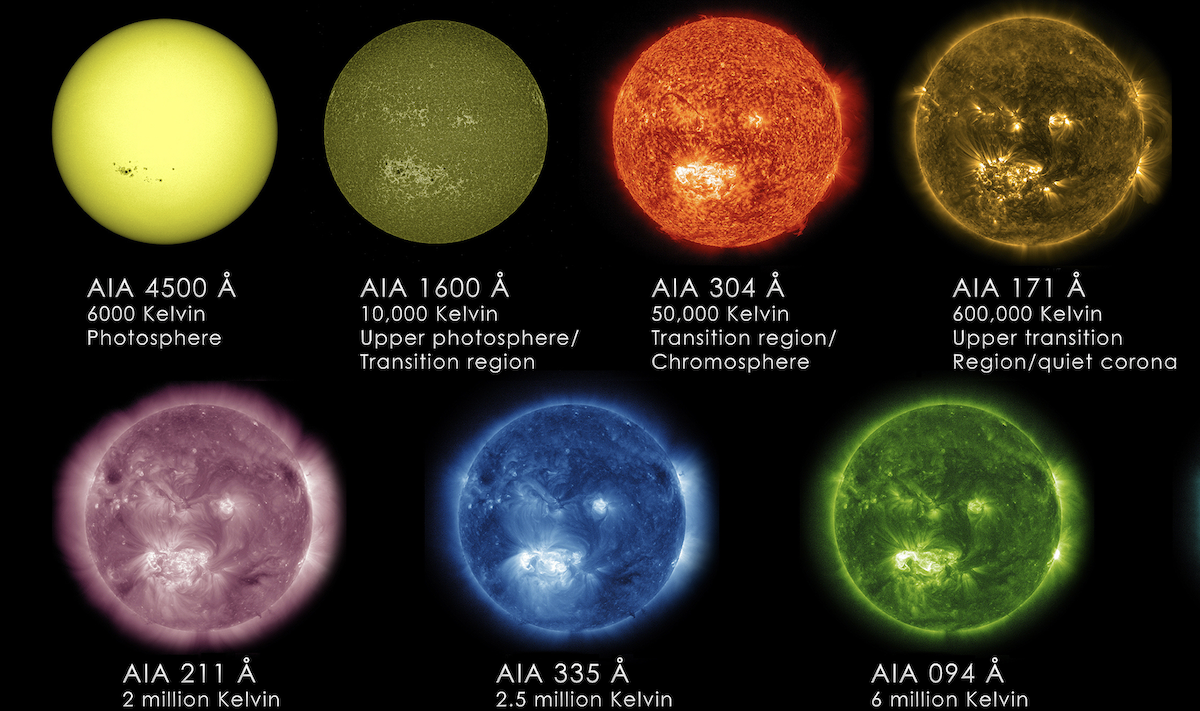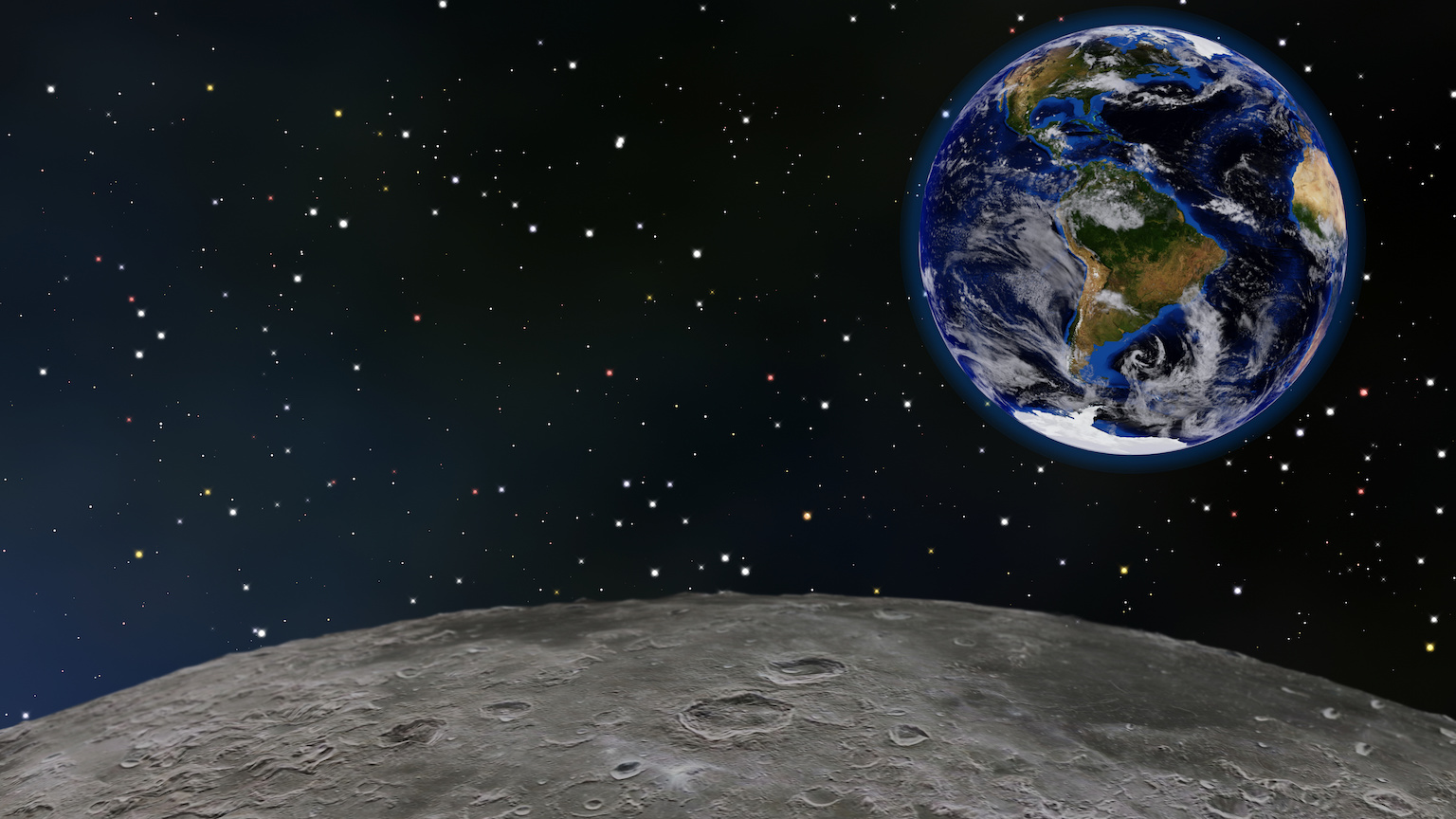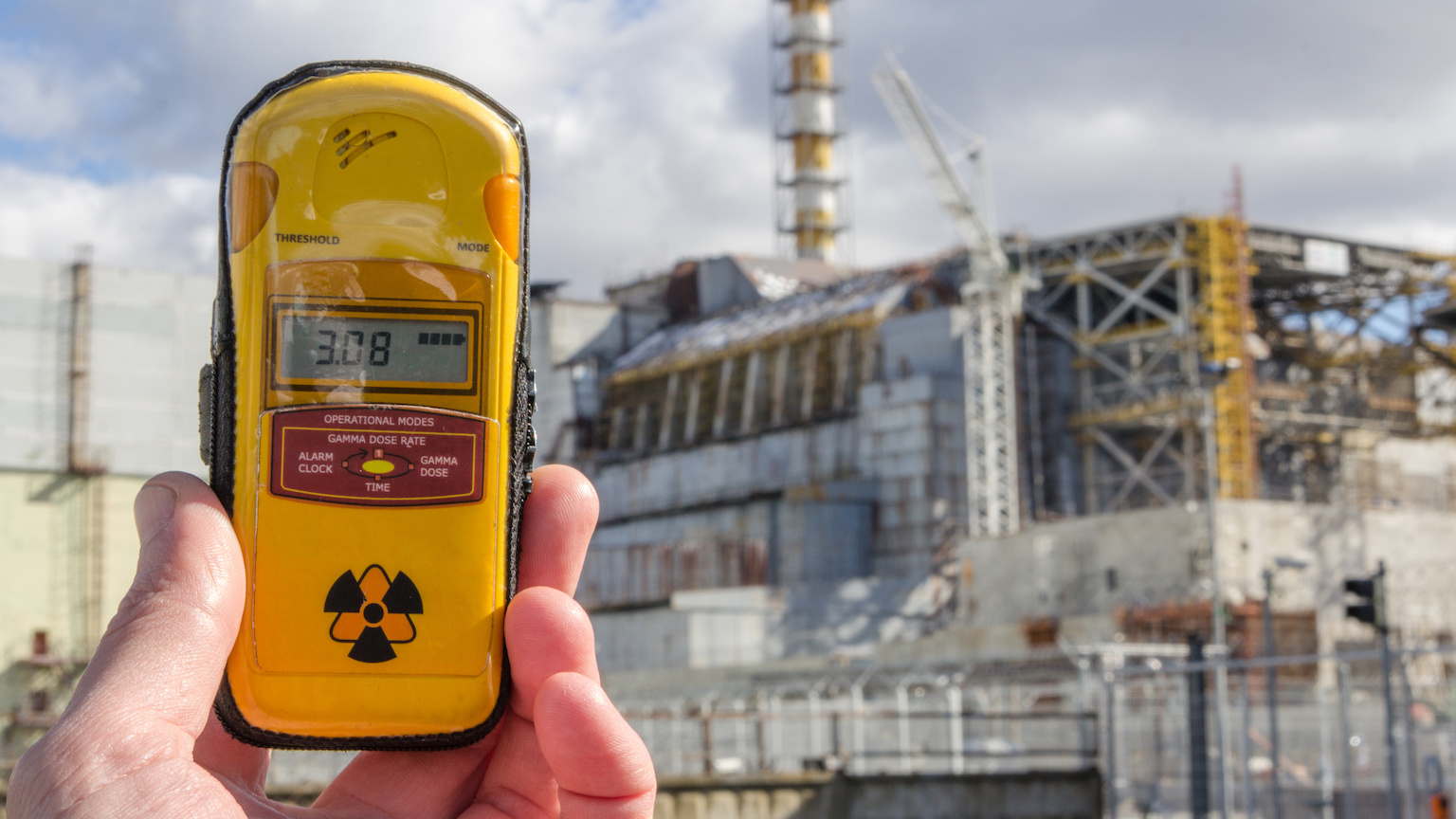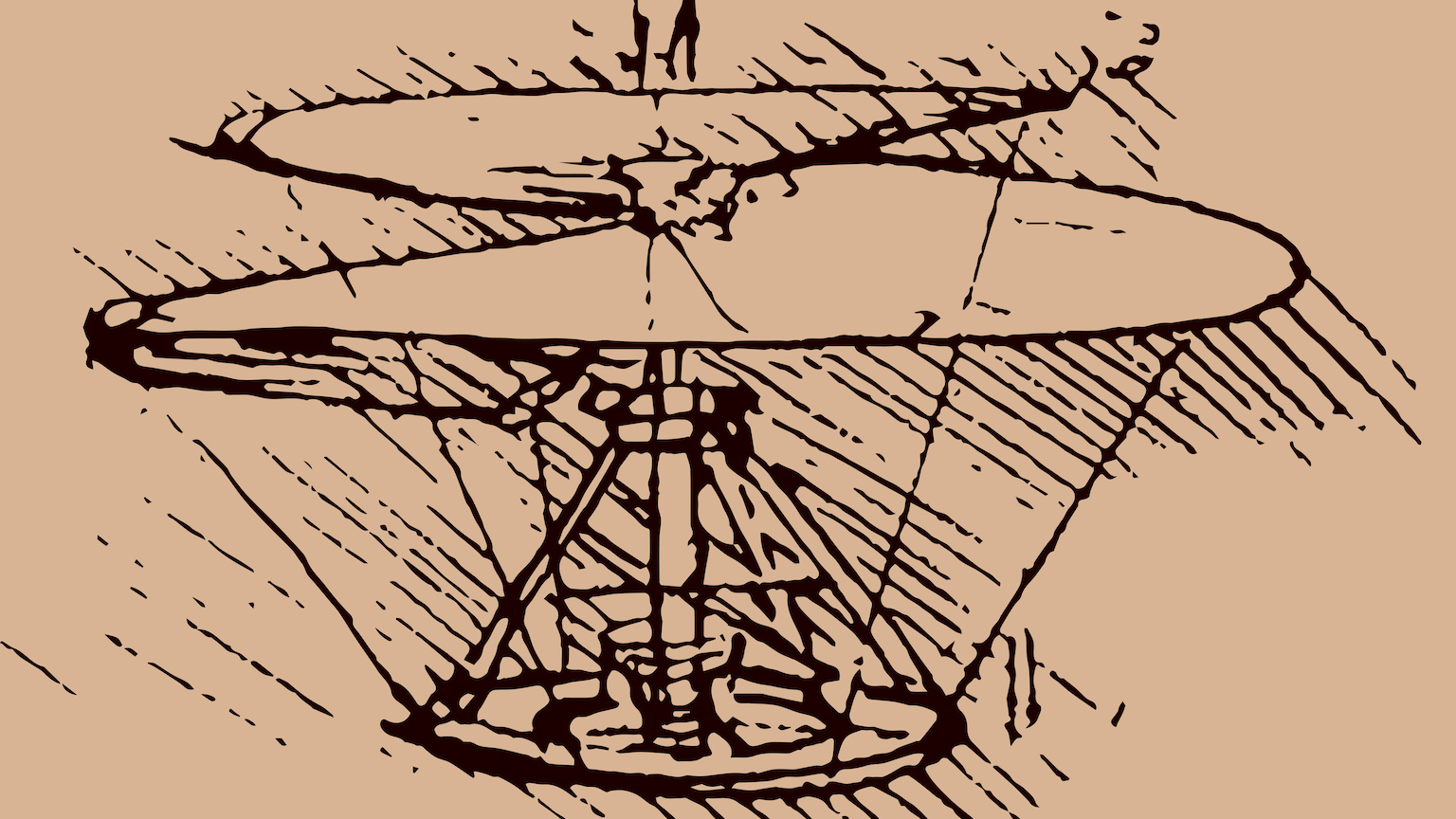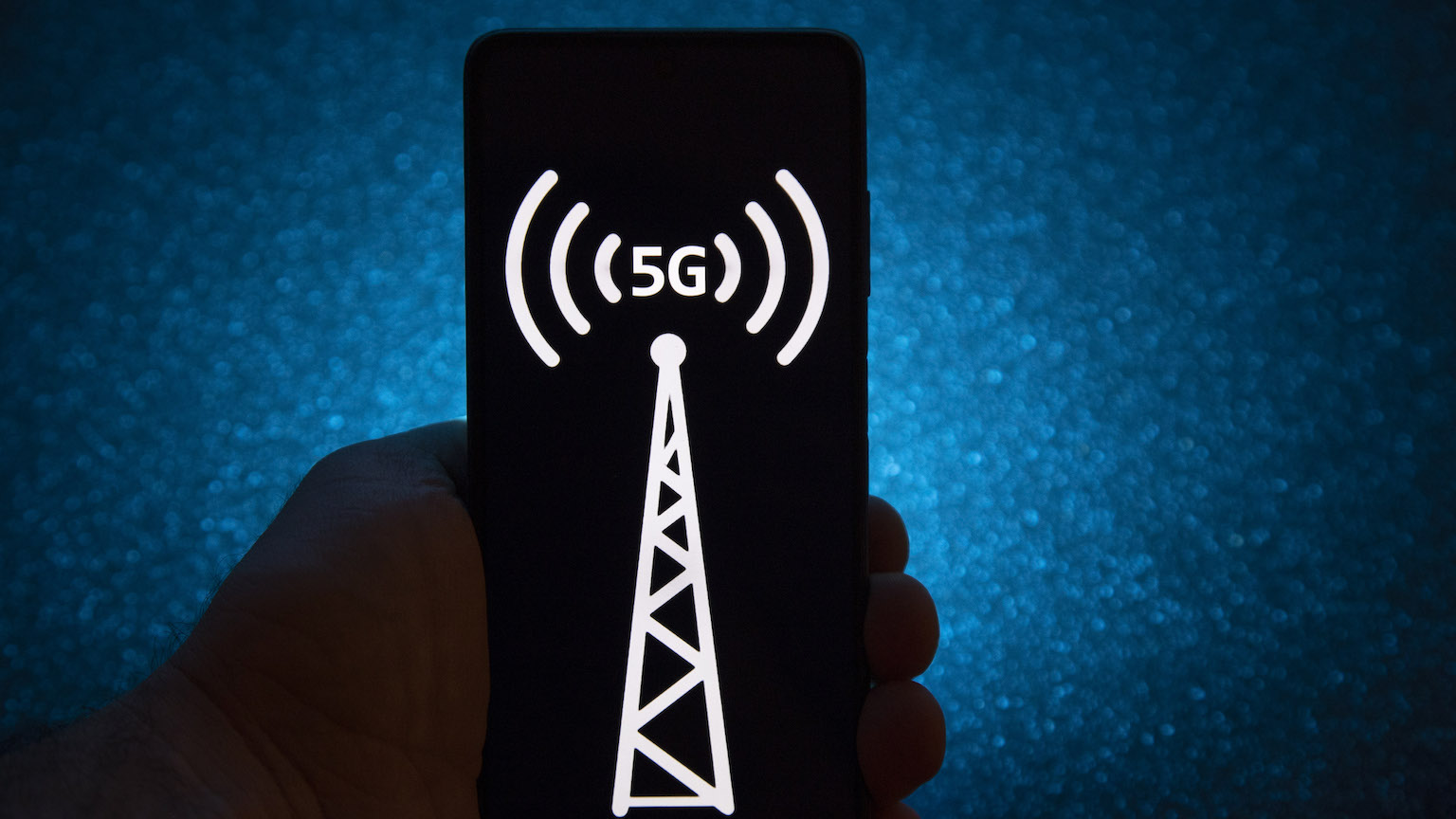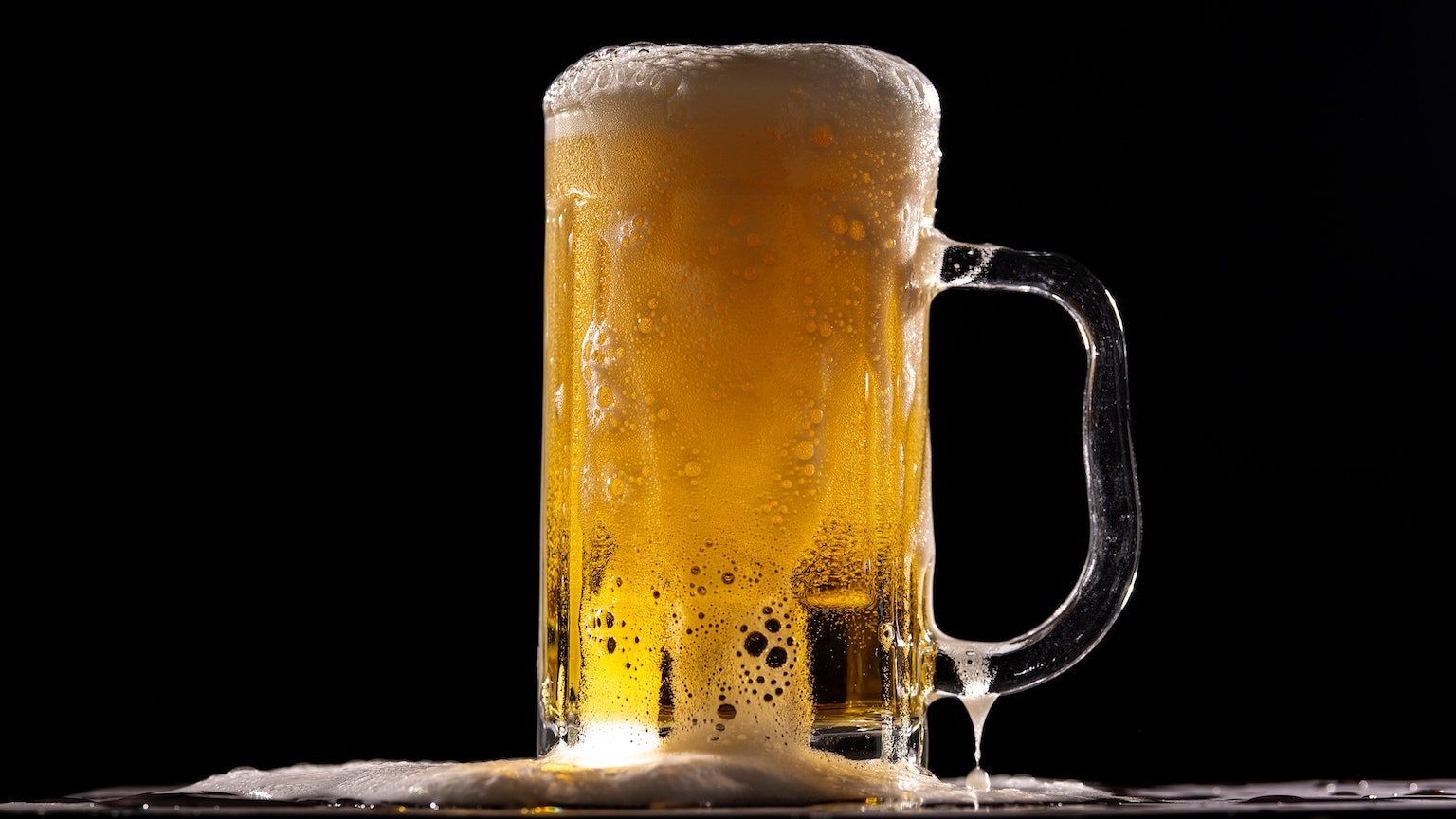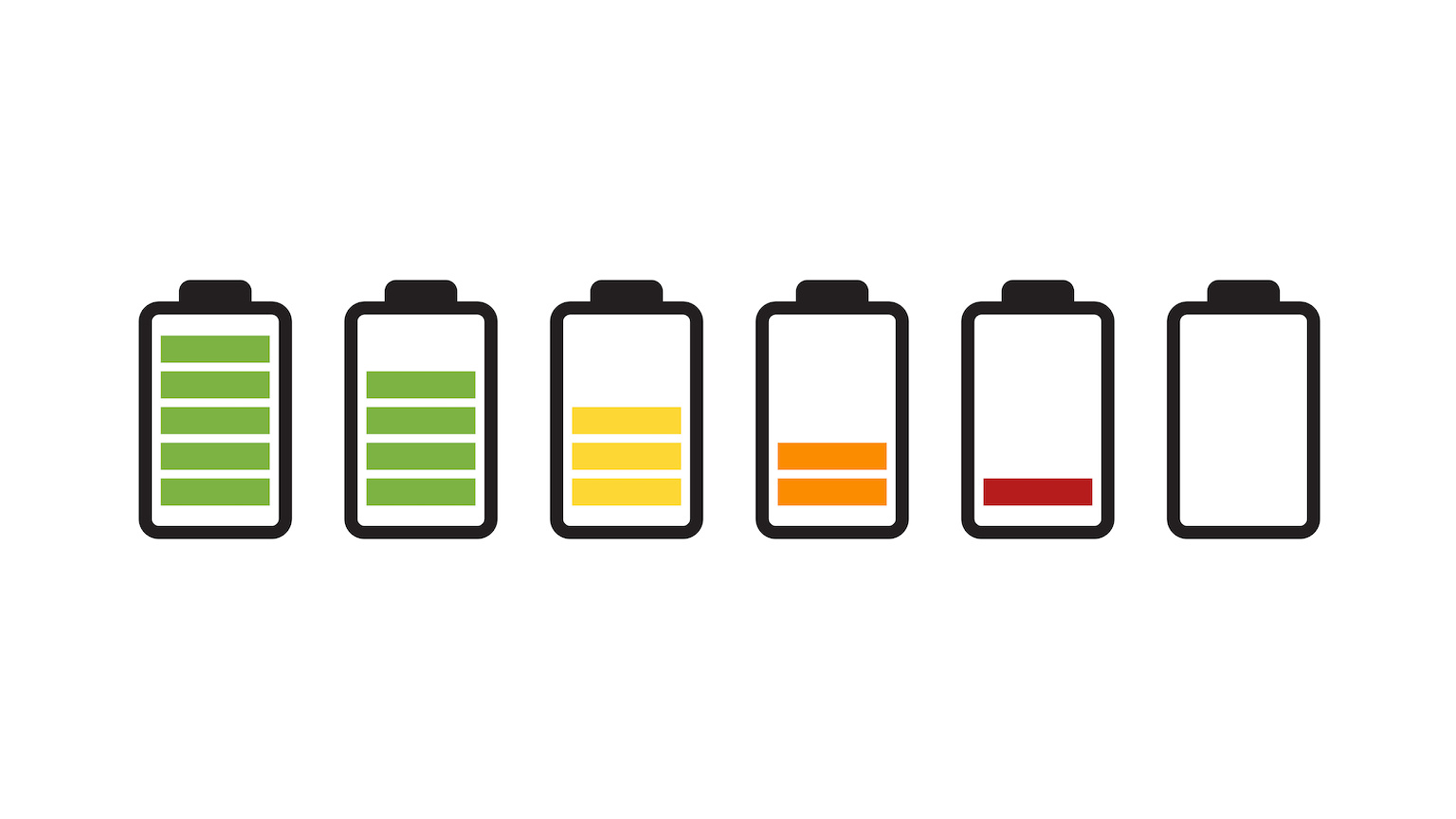Tom Hartsfield
Big Think Contributor
Tom Hartsfield is a PhD physicist. He lives in Los Alamos, New Mexico.
Over the past 50 years, 27 leap seconds have been added to our time.
One of the winners. Dr. K. Barry Sharpless, is now the fifth person in history to win two Nobels.
Meaningful pictures are assembled from meaningless noise.
An average undergraduate student in physics is better than the AI.
Elon Musk suggested remote-controlled, vibrating anal beads. Thankfully, there are more mundane explanations.
The war in Ukraine is unlikely to trigger a catastrophic nuclear meltdown. Physics and smart engineering are the reasons why.
Quantum mechanics forces us to toss out the old, reliable ways in which we make sense of our everyday reality.
NASA was dangerously cavalier about the dangers of the shuttle launches.
For decades people have arranged to freeze their bodies after death, dreaming of resurrection by advanced future medicine. Many met a fate far grislier than death.
More than 300 years ago, a Spanish ship laden with unspeakable treasure sank after a battle. Because of greed, the treasure remains on the sea floor.
Before gunpowder was introduced to the West, medieval Arabs devised grenades using crockery.
Fire-retardant gels and slimes combine the best attributes of water and foam.
“The Soul of a New Machine” provides a rare level of insight into the minds and decisions of humanity’s greatest thinkers.
A next-generation LHC++ could cost $100 billion. Here’s why such a machine could end up being a massive waste of money.
Experimental archaeology is the practice of recreating past events using knowledge and tools available at the time. Sometimes, it involves elephants.
The Hyperloop is physically possible, but engineering challenges will make its construction very difficult. Also, accidents would be catastrophic.
But does Amazon know when you’re tired or hungry?
Searching for truth in unorthodox ways can be a valuable exercise. But Anatoly Fomenko’s alternate world history is just plain weird.
The apes taught sign language didn’t understand what they were doing. They were merely “aping” their caretakers.
Nanofabricators could quickly synthesize whatever we need, molecule by molecule.
Pluto failed to meet the definition of a planet, but some astronomers think there might be a legitimate Planet 9 out there.
The European Space Agency’s Solar Orbiter recently captured images that could help scientists better under the mysterious physics of our Sun.
To study the origin of the Universe, we could build a constellation of six expensive spacecraft — or we could just use the Moon.
A famous explorer’s doomed ship is finally found 107 years after it was lost to the Antarctic deep.
The rhetorical fallout is greater than the radioactive fallout.
Da Vinci dreamed up a helicopter 400 years before they actually existed. Now, engineers have brought his design to life, but with a twist.
In general, 5G is not a threat to human health or activities, but there are some legitimate questions about interference with airplane instruments.
If you want to have foamy beer inside the comfort of your own home, you need to invest in a special nucleated glass.
A century ago, electric cars were common. The fact that they were almost entirely replaced due to the internal combustion engine is a testament to the glacial pace of battery breakthroughs.
